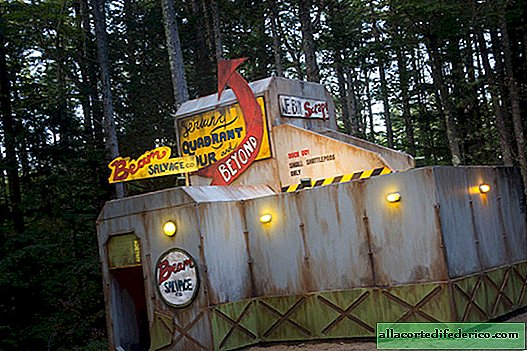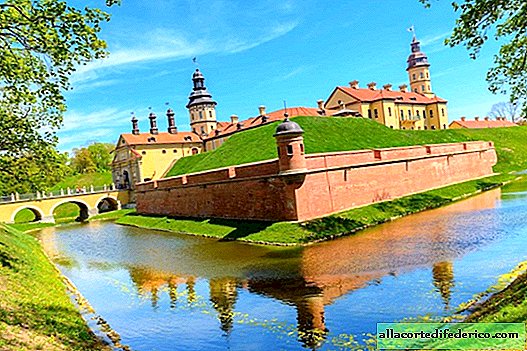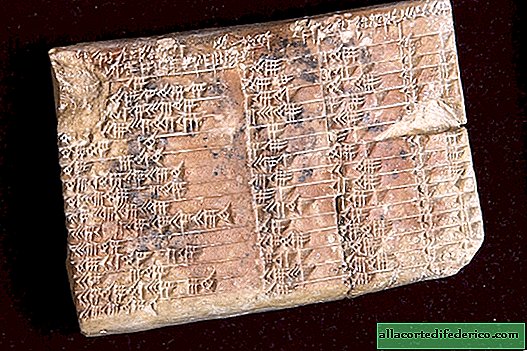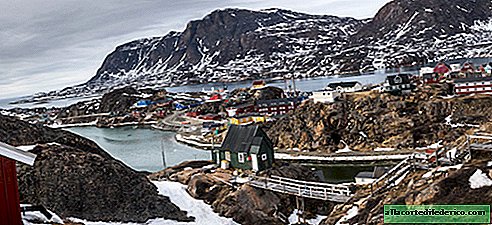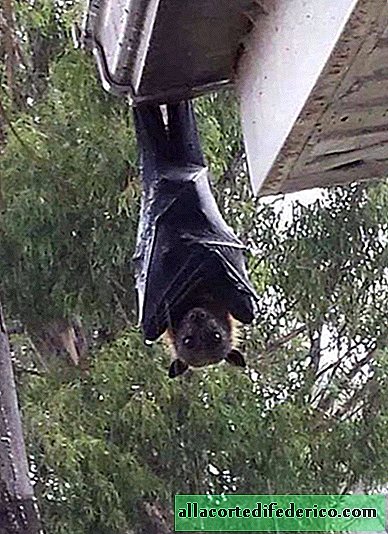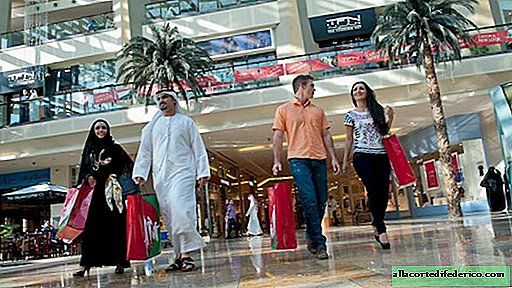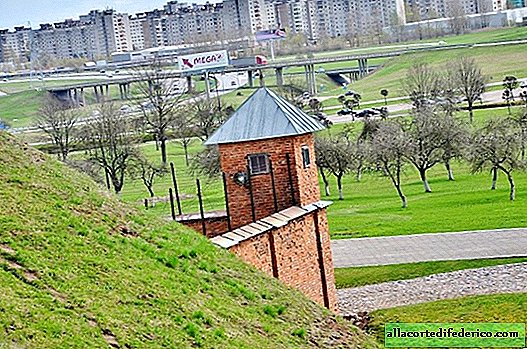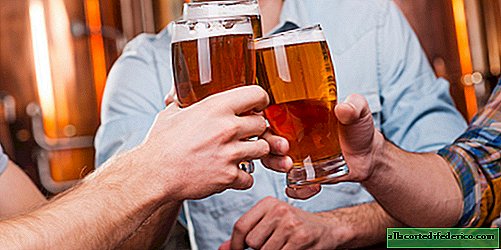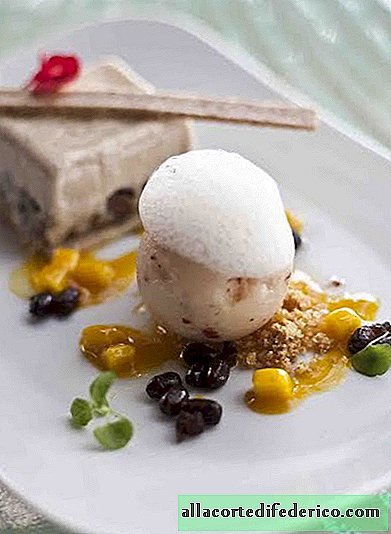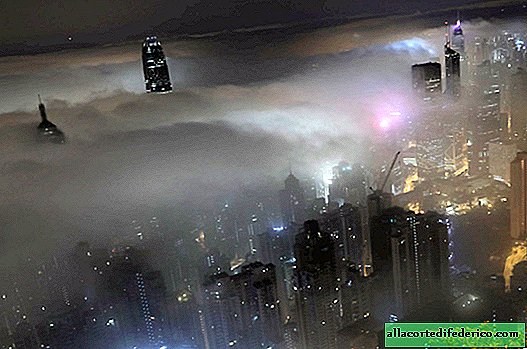Barle: the original city divided between Belgium and the Netherlands
Barle, located on the border of the Netherlands and Belgium, looks like hundreds of other provincial towns in Europe. The same cobbled streets, cozy cafes and lovely houses. Walking along the main street, in just half an hour you can cross the state border 2, 5 or even 7 times! And all because the town of Barle is the most unusual border zone in the world.
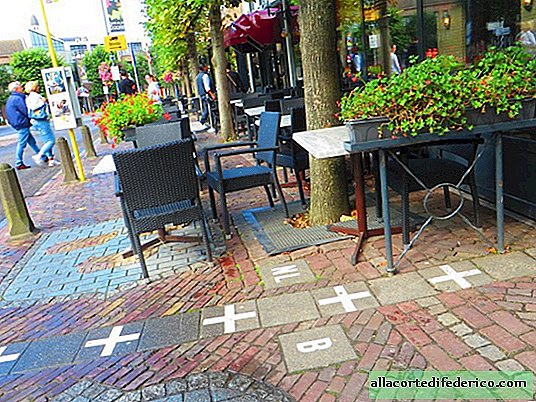
There are many places on the globe where the state border between neighboring countries is drawn in a bizarre manner. Sometimes the border divides into two halves one city or village, and in the case of the town of Barle, it is simply something incredible. The state border between the Netherlands and Belgium in this place is more like a mosaic panel, which is clearly visible on the city map.

The Belgian part of Barle is called Barle-Hertog, and the neighboring, belonging to the Netherlands, is Barle-Nassau. Moreover, the Belgian part of the city is an enclave surrounded on all sides by the territory of the Netherlands. The rest of Belgium is 5 kilometers from Barle Hertog. Of course, such an unusual border between them was formed for a reason. In the Middle Ages in this area there was the possibility of free sale of land. As a result, part of the territory was owned by the Duchy of Brabant, and the other part belonged to the feudal lords from the city of Breda. After the signing of the Peace of Westphalia, these lands became part of different states: the Northern Lands (Netherlands) and part of the Spanish colony (the territory of modern Belgium). In 1843, the Maastricht Agreement was signed, which cemented the bizarre location of borders between independent Belgium and its neighbors.

The unusual state border gives rise to many curious moments. A situation where the border passes not only between houses, but also directly through houses and apartments, is often found in Barla. A hall and a living room, for example, may be in Belgium, while bedrooms and a dining room may be in the Netherlands. In this case, the nationality of the housing is determined by the side on which the front door goes. The house number is always hung on the door, and the plate is designed in the form of a flag, by which you can determine in which country the property is located.

A funny story related to street cafes in Barla. In the history of the city there was a period when, according to the legislation of the Netherlands, street cafes were closed much earlier than the Belgian ones. Then, the enterprising owners of the cafe began to place them right on the border and transplant visitors after the non-Belgian state was closed.

In a town with a total population of approximately 9,000 people, all municipal services are duplicated. There are two policemen, different city halls and separate garbage collection services. Of course, no one observes the state border: there are no border guards or a service that checks documents. Road marking is applied only in the central part of the city and is more of a tourist attraction than a symbol of the state border.

The material is copyrighted, when copying a link to an article or travelask.ru site is required

